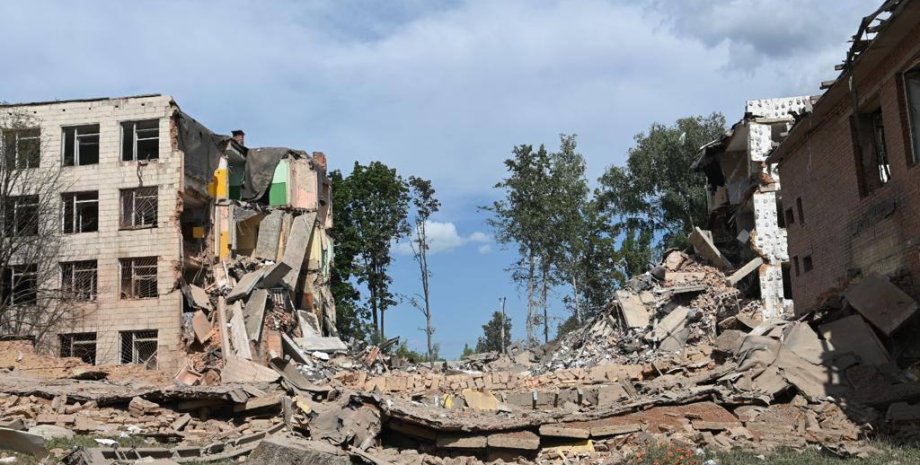
 By Natali Moss
By Natali Moss
For what? Russia first uses underwater gas pipelines (such as the North Stream, North Stream-2 and others) in military tasks. What shall I do? Amendments to the open sea of 1958, by including the prohibition on the freedom of laying pipelines by aggressor states.
For what? Further, after the end of World War II, the Americans began to deploy a system of borders under the concept of "barrier operations" (in the Atlantic, such a border was called Giuk and was located on the axis Kuril Islands-Aleutian Islands, which had to be an obstacle to moving Soviet submarines.
Since the 60s of the XX century, the United States to improve the efficiency of its strategy, start deploying antennhydrophones on the ocean day, as well as data processing centers for analyzing the collected information collected From these devices within the SOSUS (Sound Surveillance System - includes several dozen hydroacoustic antennas located at the bottom of the Atlantic and Pacific, as well as shore stations in the US, Canada, UK of several hundred nautical miles (May 21, 1968 in the Atlantic Ocean of Zaton In the US atomic submarine Scorpio type Skipjek.
The noise characteristic of this tragedy was recorded by SOSUS units at a distance of 500 nautical miles) by determining the coordinates of the noise source characteristic of screws and other mechanisms of the vessel. The disadvantage of such a system is low promptness caused by the analysis of large array of acoustic information, the selection of potential noises and their further comparison with the library of "noise portraits" of the underwater fleet of countries of the world.
Further development of shipbuilding has allowed the world countries that operate atomic submarines, significantly reduce the volume of the submarine (also changed the patrol route, by increasing the firing range of ballistic missiles), which reduced the efficiency of the American SOSUS system.
This gave impetus to the development of special vessels, the so-called floating control and measuring complexes (for example, the reconnaissance ship of Mariata Navy Norway and the floating and metering complex of Arthur Vandenberg and Observishen Ileland of the US VMF), which jointly with underwater hydrophones and radar.
Monitoring of activity at sea (in particular, to perform the operation "Operation Send Dollar" to determine the coordinates of the fall of Soviet ballistic missiles, which were released from atomic submarines).
In addition, the global history of application of monitoring systems at sea knows examples of military operations for listening to submarine cables of communication lines by small submarines and apparatus (1978, a Soviet submarine of the Delta type, equipped with ballistic missiles, made a campaign to the Barents Sea area. The time has performed the operation to install a recording device on the US VMF line cable).
Satellite monitoring systems were able to resist such actions (the US Navy, in 1981, identified the coordinates of the recording device (established by the USSR in 1978) by analyzing the displacement of auxiliary vessels of the enemy). What is the underwater pipelines for their safe operation is possible only if prompt control by the control center on the technical condition of the infrastructure object.
Such tasks are solved by obtaining the information center through the processing of technological communication lines from special giving, installed with a certain step throughout the length of the pipeline. The current practice of constructing underwater pipelines indicates the use of pressure and gas temperature, as well as the system of control over linear deformations of the body of the pipe.
It should be noted that the system of control over linear deformations of the body of the pipe can be used to organize observations of changes in fluctuations of sea level (waves) by analyzing the data of ripple pressure of water at the bottom. It is quite possible to perform systemic measurements of surface wave height by installing bottom pressure registrars, which can be made in a stainless steel body and have a cylindrical shape.
Quartz resonators can be used to convert primary physical quantities, which have low temperature dependence and high accuracy, which allows to provide an error of measurements up to 0. 1%. Similar systems are used in supervision of safe operation of nuclear power plants, drilling platforms and other strategic objects that can potentially be damaged due to high wave fluctuations.
It is fair to point out that during the passage of the vessel there is a change of surface waves depending on the structural features and mass of the ship. And if you reduce the efficiency of the American SOSUS system was possible by reducing the volume of submarines, then to remove the influence of the dimensions of the vessel on the fluctuations of surface waves will not be possible from a physical point of view.










All rights reserved IN-Ukraine.info - 2022